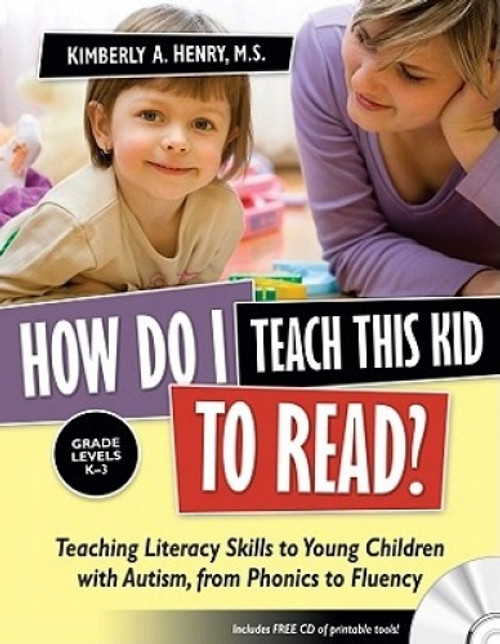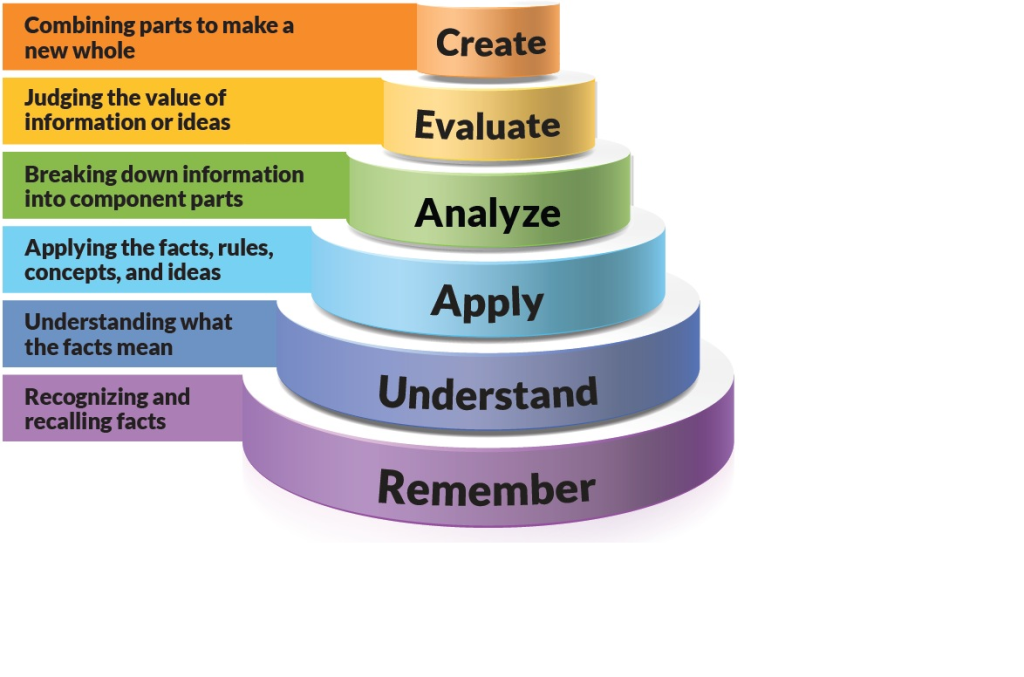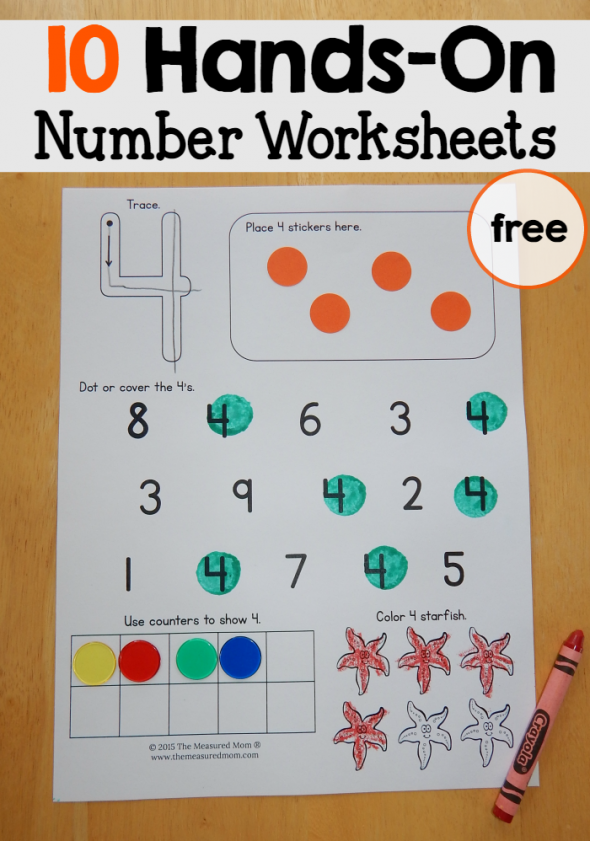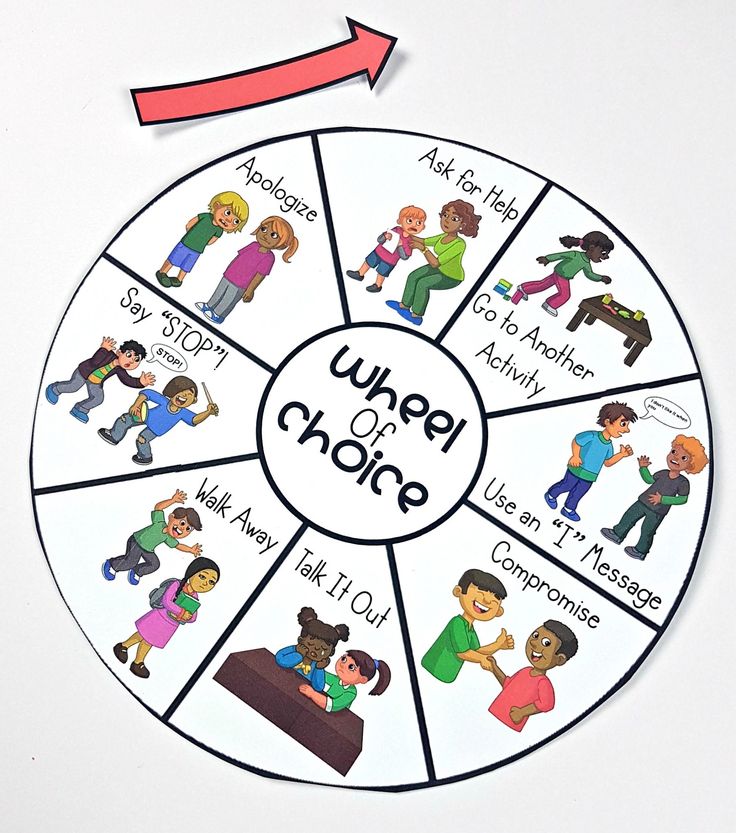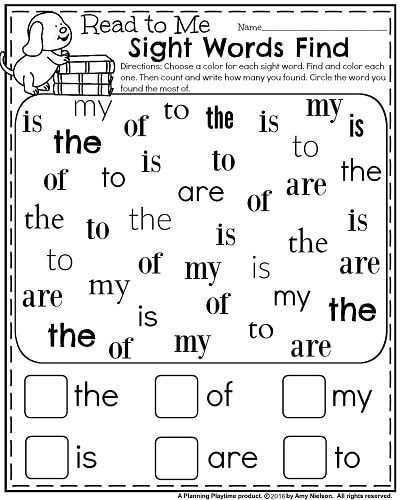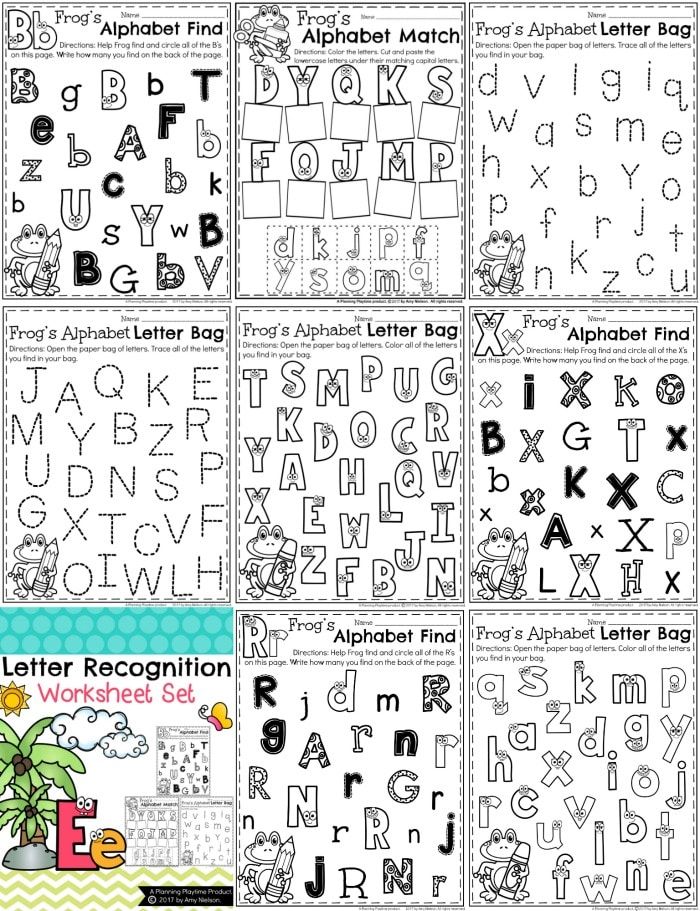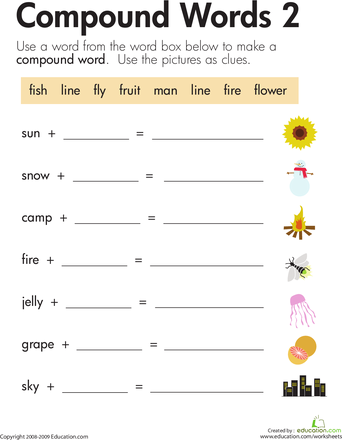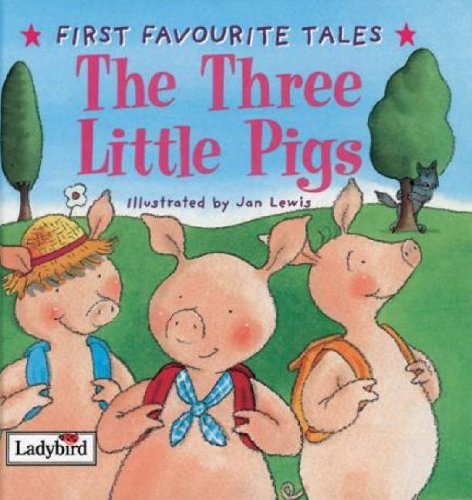Helping child with reading
11 Ways Parents Can Help Their Children Read
Parents often ask how they can help their children learn to read; and it’s no wonder that they’re interested in this essential skill. Reading plays an important role in later school success. One study even demonstrates that how well 7-year-olds read predicts their income 35 years later!
Here are 11 practical recommendations for helping preschoolers and school-age students learn to read.
1. Teaching reading will only help.
Sometimes, parents are told early teaching is harmful, but it isn’t true. You simply can’t introduce literacy too early. I started reading to my own children on the days they were each born! The “dangers of early teaching” has been a topic of study for more than 100 years, and no one has ever found any convincing evidence of harm. Moreover, there are hundreds of studies showing the benefits of reading to your children when they are young.
2. Teaching literacy isn’t different than teaching other skills.
You don’t need a Ph.D. to raise a happy, healthy, smart child. Parents have been doing it for thousands of years. Mothers and fathers successfully teach their kids to eat with a spoon, use a potty, keep their fingers out of their noses, and say “please.” These things can be taught pleasantly, or they can be made into a painful chore. Being unpleasant (e.g. yelling, punishing, pressuring) doesn’t work, and it can be frustrating for everyone. This notion applies to teaching literacy, too. If you show your 18-month-old a book and she shows no interest, then put it away and come back to it later. If your child tries to write her name and ends up with a backwards “D,” no problem. No pressure. No hassle. You should enjoy the journey, and so should your child.
3. Talk to your kids (a lot).
Last year, I spent lots of time with our brand new granddaughter, Emily. I drowned her in language. Although “just a baby,” I talked — and sang — to her about everything. I talked about her eyes, nose, ears, mouth, and fingers. I told her all about her family — her mom, dad, and older brother. I talked to her about whatever she did (yawning, sleeping, eating, burping). I talked to her so much that her parents thought I was nuts; she couldn’t possibly understand me yet. But reading is a language activity, and if you want to learn language, you’d better hear it, and eventually, speak it. Too many moms and dads feel a bit dopey talking to a baby or young child, but studies have shown that exposing your child to a variety of words helps in her development of literacy skills.
I told her all about her family — her mom, dad, and older brother. I talked to her about whatever she did (yawning, sleeping, eating, burping). I talked to her so much that her parents thought I was nuts; she couldn’t possibly understand me yet. But reading is a language activity, and if you want to learn language, you’d better hear it, and eventually, speak it. Too many moms and dads feel a bit dopey talking to a baby or young child, but studies have shown that exposing your child to a variety of words helps in her development of literacy skills.
4. Read to your kids.
I know everyone says this, but it really is a good idea — at least with preschoolers. One of my colleagues refers to this advice as the “chicken soup” of reading education. We prescribe it for everything. (Does it help? It couldn’t hurt.) If a parent or caregiver can’t read or can’t read English, there are alternatives, such as using audiobooks; but for those who can, reading a book or story to a child is a great, easy way to advance literacy skills. Research shows benefits for kids as young as 9-months-old, and it could be effective even earlier than that. Reading to kids exposes them to richer vocabulary than they usually hear from the adults who speak to them, and can have positive impacts on their language, intelligence, and later literacy achievement. What should you read to them? There are so many wonderful children’s books. Visit your local library, and you can get an armful of adventure. You can find recommendations from kids at the Children’s Book Council website or at the International Literacy Association Children's Choices site. [Reading Rockets also provides guidance and lots of themed booklists in our Children's Books & Authors section.]
Research shows benefits for kids as young as 9-months-old, and it could be effective even earlier than that. Reading to kids exposes them to richer vocabulary than they usually hear from the adults who speak to them, and can have positive impacts on their language, intelligence, and later literacy achievement. What should you read to them? There are so many wonderful children’s books. Visit your local library, and you can get an armful of adventure. You can find recommendations from kids at the Children’s Book Council website or at the International Literacy Association Children's Choices site. [Reading Rockets also provides guidance and lots of themed booklists in our Children's Books & Authors section.]
5. Have them tell you a “story.”
One great way to introduce kids to literacy is to take their dictation. Have them recount an experience or make up a story. We’re not talking “Moby Dick” here. A typical first story may be something like, “I like fish. I like my sister. I like grandpa.” Write it as it is being told, and then read it aloud. Point at the words when you read them, or point at them when your child is trying to read the story. Over time, with lots of rereading, don’t be surprised if your child starts to recognize words such as “I” or “like.” (As children learn some of the words, you can write them on cards and keep them in a “word bank” for your child, using them to review later.)
I like grandpa.” Write it as it is being told, and then read it aloud. Point at the words when you read them, or point at them when your child is trying to read the story. Over time, with lots of rereading, don’t be surprised if your child starts to recognize words such as “I” or “like.” (As children learn some of the words, you can write them on cards and keep them in a “word bank” for your child, using them to review later.)
6. Teach phonemic awareness.
Young children don’t hear the sounds within words. Thus, they hear “dog,” but not the “duh”-“aw”- “guh.” To become readers, they have to learn to hear these sounds (or phonemes). Play language games with your child. For instance, say a word, perhaps her name, and then change it by one phoneme: Jen-Pen, Jen-Hen, Jen-Men. Or, just break a word apart: chair… ch-ch-ch-air. Follow this link to learn more about language development milestones in children.
7. Teach phonics (letter names and their sounds).
You can’t sound out words or write them without knowing the letter sounds. Most kindergartens teach the letters, and parents can teach them, too. I just checked a toy store website and found 282 products based on letter names and another 88 on letter sounds, including ABC books, charts, cards, blocks, magnet letters, floor mats, puzzles, lampshades, bed sheets, and programs for tablets and computers. You don’t need all of that (a pencil and paper are sufficient), but there is lots of support out there for parents to help kids learn these skills. Keep the lessons brief and fun, no more than 5–10 minutes for young’uns. Understanding the different developmental stages of reading and writing skills will help to guide your lessons and expectations.
Most kindergartens teach the letters, and parents can teach them, too. I just checked a toy store website and found 282 products based on letter names and another 88 on letter sounds, including ABC books, charts, cards, blocks, magnet letters, floor mats, puzzles, lampshades, bed sheets, and programs for tablets and computers. You don’t need all of that (a pencil and paper are sufficient), but there is lots of support out there for parents to help kids learn these skills. Keep the lessons brief and fun, no more than 5–10 minutes for young’uns. Understanding the different developmental stages of reading and writing skills will help to guide your lessons and expectations.
8. Listen to your child read.
When your child starts bringing books home from school, have her read to you. If it doesn’t sound good (mistakes, choppy reading), have her read it again. Or read it to her, and then have her try to read it herself. Studies show that this kind of repeated oral reading makes students better readers, even when it is done at home.
9. Promote writing.
Literacy involves reading and writing. Having books and magazines available for your child is a good idea, but it’s also helpful to have pencils, crayons, markers, and paper. Encourage your child to write. One way to do this is to write notes or short letters to her. It won’t be long before she is trying to write back to you.
10. Ask questions.
When your child reads, get her to retell the story or information. If it’s a story, ask who it was about and what happened. If it’s an informational text, have your child explain what it was about and how it worked, or what its parts were. Reading involves not just sounding out words, but thinking about and remembering ideas and events. Improving reading comprehension skills early will prepare her for subsequent success in more difficult texts.
11. Make reading a regular activity in your home.
Make reading a part of your daily life, and kids will learn to love it. When I was nine years old, my mom made me stay in for a half-hour after lunch to read.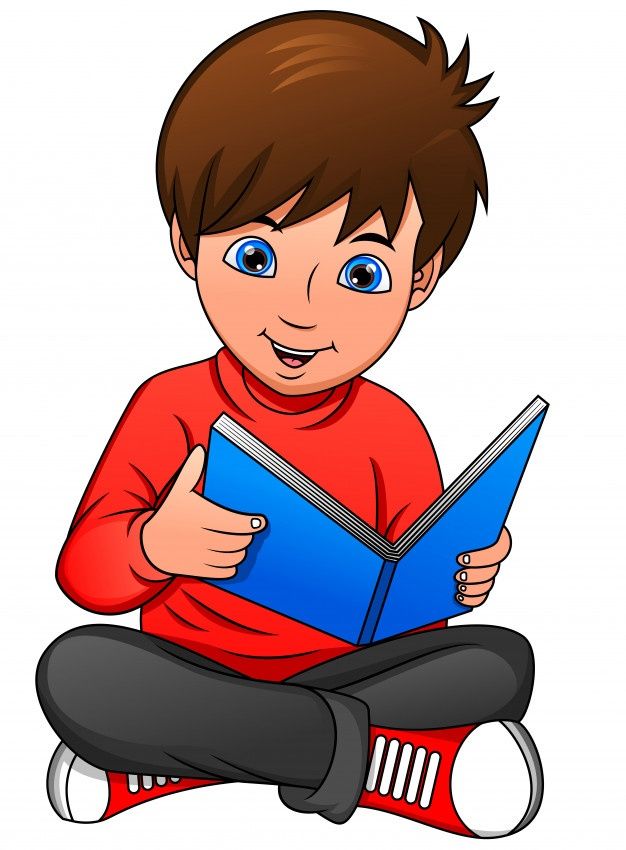 She took me to the library to get books to kick off this new part of my life. It made me a lifelong reader. Set aside some time when everyone turns off the TV and the web and does nothing but read. Make it fun, too. When my children finished reading a book that had been made into a film, we’d make popcorn and watch the movie together. The point is to make reading a regular enjoyable part of your family routine.
She took me to the library to get books to kick off this new part of my life. It made me a lifelong reader. Set aside some time when everyone turns off the TV and the web and does nothing but read. Make it fun, too. When my children finished reading a book that had been made into a film, we’d make popcorn and watch the movie together. The point is to make reading a regular enjoyable part of your family routine.
Happy reading!
Sources:
Ritchie, S.J., & Bates, T.C. (2013). Enduring links from childhood mathematics and reading achievement to adult socioeconomic status. Psychological Science, 24, 1301-1308.
Karass J., & Braungart-Rieker J. (2005). Effects of shared parent-infant reading on early language acquisition. Journal of Applied Developmental Psychology, 26, 133-148.
Resources for Struggling Learners Ages 6-7
The time between ages 6 and 8 is a crucial one in the development of literacy skills, including decoding. If your child is struggling with learning to read, now is the time to find the tools and strategies to bridge that transition. If you continue to have questions and concerns, set up time with your child’s teacher to ask questions and find out more. The newest research on literacy development in children emphasizes the importance of providing reading interventions as soon as possible.
If your child is struggling with learning to read, now is the time to find the tools and strategies to bridge that transition. If you continue to have questions and concerns, set up time with your child’s teacher to ask questions and find out more. The newest research on literacy development in children emphasizes the importance of providing reading interventions as soon as possible.
For more information, find out early signs of a reading difficulty, 8 ways parents can seeking help if their reader is struggling, and why it's important not to wait. It is much easier to support children at this age than to have to play catch-up later!
Try these strategies to help build your child's literacy:
- Keep Reading Aloud!: Although a main goal of this age group is to learn to be independent readers, the books they can read on their own are often stilted with controlled text. Keep reading interesting picture books and chapter books to expand your child’s comprehension abilities, vocabulary, and sense of wonder about stories! Ask questions along the way to allow your child to continue to develop comprehension skills while her decoding abilities are coming online.

- Character Magnets: Find a character or series they like: Clifford, Henry and Mudge, Fancy Nancy, etc. Color copy onto card stock some of the main characters (or have your child draw them!), cut them out, and put magnets on the back. Get magnetic poetry types of words for the fridge or washer (or cookie sheet). Let your child “write” and act out stories! You can also cut out words from magazines or the computer and put magnets on the back.
- Magnetic Words: Add magnets to Scrabble letters and help your child sound out and create 3- and 4-letter phonetic words or sight words.
- Word Wizard App is a terrific app that allows your child to build and sound out words independently. You can use the app’s word lists or add your own. Its advanced text-to-speech capabilities and fun visual rewards will have your child asking for “more spelling practice please!” Choose the phonetic sounds of letters in the settings menu. The app is $2.99 but worth it.

- BOB Books Reading Magic Lite app has simple text, fun activities, and is all phonics based. This is a great starting place for struggling readers.
- Write a letter: What better way to encourage reluctant writers than to motivate them! Invite your child to write to their favorite Disney character. In about 6 weeks, they will get a signed postcard! Save this address:
Walt Disney Company
Attn: Fan Mail Department
500 South Buena Vista Street
Burbank, CA 91521
- Play board games: There are many skills children use when playing board games -- from reading the directions to building vocabulary through games like Boggle or even Hangman. Developing literacy skills can be loads of fun!
- Choose-your-own-adventure (CYOA) stories: Helping kids discover the joy in reading can be a challenge, especially when they find decoding the words or understanding the text difficult. One fun way to excite reading is through CYOA books.
 There are books with many levels (e.g., The Haunted House vs The Abominable Snowman, both by RA Montgomery). Or try out a graphic novel CYOA like Meanwhile by Jason Shina for more visual learners (and those wanting less text). Some fun online variations:
There are books with many levels (e.g., The Haunted House vs The Abominable Snowman, both by RA Montgomery). Or try out a graphic novel CYOA like Meanwhile by Jason Shina for more visual learners (and those wanting less text). Some fun online variations: - Seussville Storymaker is a different kind of CYOA where your child selects scenes, music, dialog, etc. For a 3-scene Horton the Elephant story; the computer will “sew” together the animation for you.
- Choice of the Dragon, again, has no audio, but it does have an exciting topic.
- Addy’s Escape to Freedom: Read American Girl Addy’s CYOA story.
- Niki’s Adventures is about the adventures of a hummingbird in Canada. It has no audio, but text is relatively simple.
- Spin the Wheel: There is nothing better for struggling learners than a sense of choice about their work. Let your child spin the Scholastic Computer lab wheel and have fun clicking around and learning.
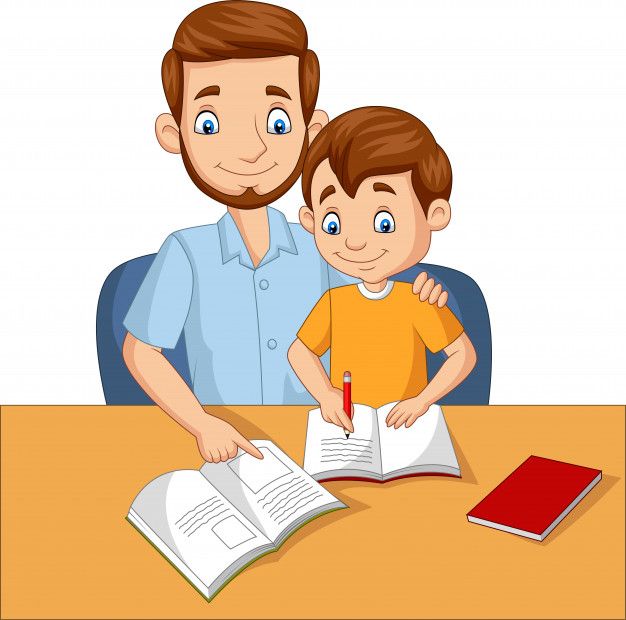
- Storybuddy Lite app: Your child can draw directly on the screen, type text, and make fun storybooks that you can share.
- ABC Spelling Magic 1, 2 & 3 apps help your child build short, phonetic words, consonant blends, and then 5-7 letter words with consonant blends and syllables.
- Aesop’s Quest app is a wonderful app that emphasizes comprehension in a fun way. Children use what they remember of the story to advance levels. For grades 2-6.
- Pic Lits is a fun and simple site for kids who dislike writing. They choose an image and drag “magnets” to create a simple saying or story. While doing so, they will unknowingly be learning how to search alphabetically, and be exploring how to use parts of speech.
Featured Book
learn more
GRADES
Reading Comprehension
Challenges & Disabilities
Literacy
Reading Intervention
Literacy
Early Reading
How a child can fall in love with reading: 10 tips from the writer Katya Matyushkina
Any parent wants their child to take up books with pleasure and without coercion.
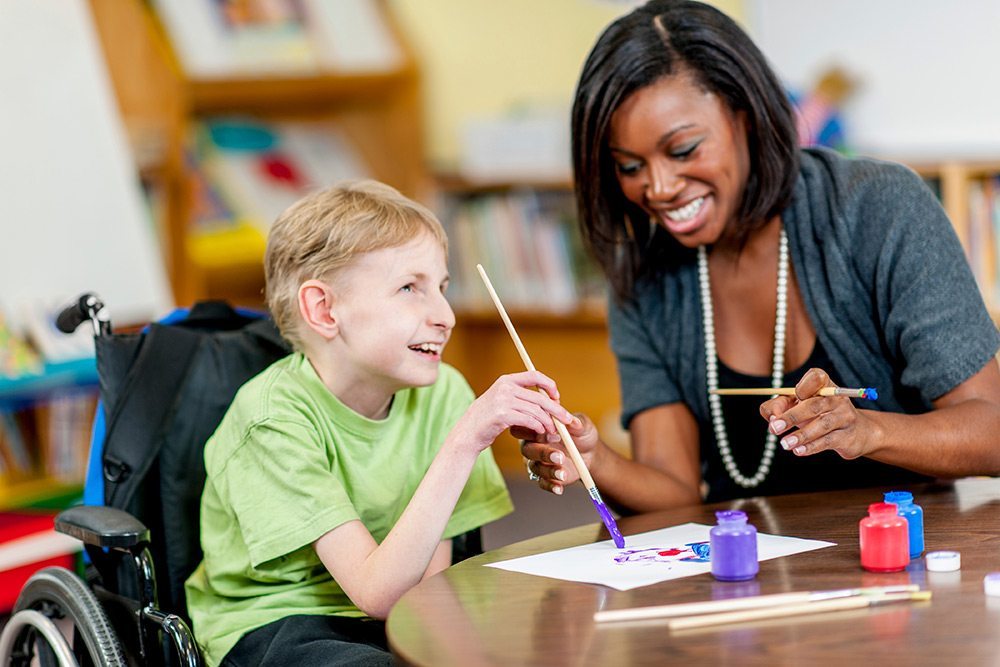 But how to instill a love of reading? Should children be forced to read at all? Katya Matyushkina, a longtime friend of the Children's Waiting Foundation, a wonderful children's writer, is the author of best-selling detectives that sell millions of copies, sharing her advice with us.
But how to instill a love of reading? Should children be forced to read at all? Katya Matyushkina, a longtime friend of the Children's Waiting Foundation, a wonderful children's writer, is the author of best-selling detectives that sell millions of copies, sharing her advice with us. Tip one. Read one chapter to your child at night. Let this be a nightly ritual. Focus not on reading, but on communication. "O! And let's read a mysterious book together tonight about ... This is amazingly interesting! Who do you think the villain is?" A couple of chapters for the night is enough for the child to understand the main thing: “My parents love me, we do all the most interesting things together. We have a common cause. We can discuss the book we read together. So we always have a reason to communicate. And imperceptibly for himself, the child will conclude that spending time reading a book is great!
Tip two. Do not create negative motivation.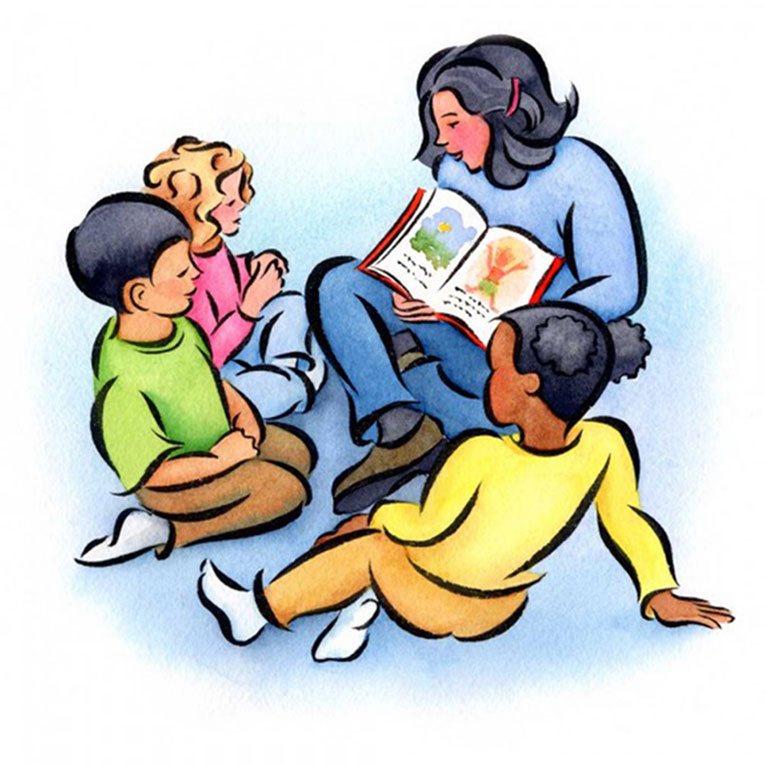 Don't punish your child with reading. Do not say: “Yesterday you were good - you read, but why don't you read today? Are you bad today? If your child understands that reading is what they are scolded for, you can put an end to reading. Never criticize your child for not reading. Also, don't force your child to read. You can negotiate: for example, you read a page, and he reads one line.
Don't punish your child with reading. Do not say: “Yesterday you were good - you read, but why don't you read today? Are you bad today? If your child understands that reading is what they are scolded for, you can put an end to reading. Never criticize your child for not reading. Also, don't force your child to read. You can negotiate: for example, you read a page, and he reads one line.
Third tip . The child should have time without the Internet. But it shouldn't be a punishment! More like a rule of daily life. For example, no Internet after six in the evening. The child will get bored. And then you accidentally have amazing books on your table, of which you read only one chapter to your child. And since there is nothing to do, it is likely that he will want to read the rest himself.
Fourth tip. Choose a book first with more interesting illustrations and less text. It is important to simply interest the book, and not force you to read it. You can even throw a comic book or a book with interesting tasks to a non-reading child. The book should cause delight, not horror!
You can even throw a comic book or a book with interesting tasks to a non-reading child. The book should cause delight, not horror!
Tip five. Take your child to the library or bookstore, let him choose what he wants to read. And in no case do not interfere in the selection process, it is important that the child himself decides which book he wants to buy. If the child has chosen a book, in your opinion, unsuccessful. What to do? Don't scold or criticize. Try to read with your child, discuss and understand why the child liked it. Perhaps he saw something more in her, he could be hooked by a detail that was invisible to you, but important to him. For example, a child wants to be strong and chooses a book about Superman. And even if it seems to you that the illustrations are terrible, the text is primitive - the child sees something else in the book. He will take from her what he needs: the image of a strong character, what he himself wants to become.
Tip six. How to distinguish what can be read to a child and what is not? Of course, there are books that can have a detrimental effect on his psyche. You can protect your child from such books in the following ways: follow the age marking on the book. Sometimes it's on the cover, sometimes it's on the datasheet. Marking (for example, + 12) indicates that the text contains information that may be traumatic for children under 12 years of age. Read reviews of the book that other parents have left online. Or find recommendations from teachers, librarians, and acquaintances.
How to distinguish what can be read to a child and what is not? Of course, there are books that can have a detrimental effect on his psyche. You can protect your child from such books in the following ways: follow the age marking on the book. Sometimes it's on the cover, sometimes it's on the datasheet. Marking (for example, + 12) indicates that the text contains information that may be traumatic for children under 12 years of age. Read reviews of the book that other parents have left online. Or find recommendations from teachers, librarians, and acquaintances.
Seventh tip. What if your child reads slower than other children of this age? If he suffers, confuses letters, hardly understands the text? Pay special attention to this. Be sure to visit a speech pathologist. You may need activities to help your child read better. In rare cases, your child may have dysgraphia, or dyslexia, or another reading or writing disorder.
Eighth advice. Create a children's library at home with the best books. Maybe the child will have his own shelf. Of course, the child should be taught to take care of the book. However, if he drew something in it or cut it out of it, do not swear. It is better to focus on the fact that the child was engaged with the book, and he was interested. Just gently hint that next time you can just print the pages you like, then the book will last a long time.
Create a children's library at home with the best books. Maybe the child will have his own shelf. Of course, the child should be taught to take care of the book. However, if he drew something in it or cut it out of it, do not swear. It is better to focus on the fact that the child was engaged with the book, and he was interested. Just gently hint that next time you can just print the pages you like, then the book will last a long time.
Tip nine. Read books in front of the child “silently”, so that the child gets used to the fact that everyone reads books, not only him. Discuss the books you read with your child and other family members.
Tip ten. Don't worry! If your child does not have a pathology, then sooner or later he will read. Your task is not to turn the child away from reading by excessive control. My favorite teacher Nikolai Yagodkin gives good reading recommendations, watch his lectures - it will really help you. And, of course, I want to recommend my books. After all, I write just for the initial reading, doing everything possible so that the child enjoys this fascinating process. I wish you good reading and literary adventures! And let you come across only the most interesting books!
And, of course, I want to recommend my books. After all, I write just for the initial reading, doing everything possible so that the child enjoys this fascinating process. I wish you good reading and literary adventures! And let you come across only the most interesting books!
Your Katya
How to teach a child to understand and remember the read text?
You spend a lot of time helping your child learn to read. You try to be patient and not rush him. He reads and rereads the same paragraph, but he never “understands” it. Why is it so difficult for a child to understand what he reads?
It's great that you support your child's reading endeavors. Your disappointment is understandable, you have spent a lot of time and effort on teaching your child, but at the same time you do not see much improvement. Rest assured, you have already done a lot just by showing your child how much you care about him.
The ability to make sense of sentences and paragraphs involves a complex combination of many skills and abilities.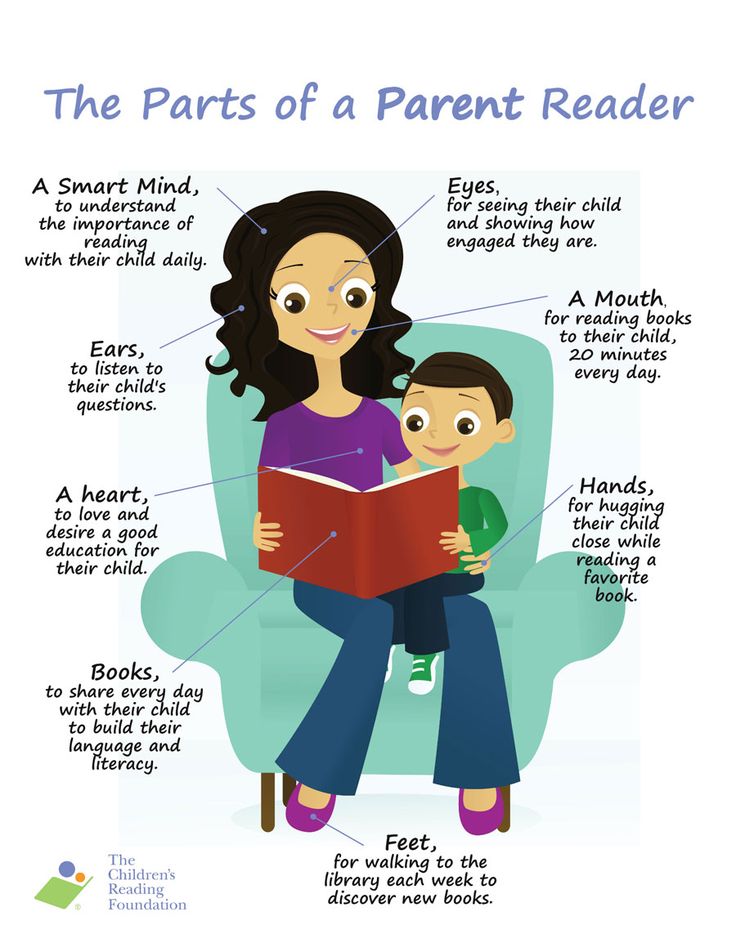 In order to provide a child with the right support in reading, it is necessary to understand the nature of his difficulties.
In order to provide a child with the right support in reading, it is necessary to understand the nature of his difficulties.
The process of decoding and word recognition
The process of decoding is the transformation of a graphic model of a word into an oral language form. The ability to match the written and sound designation of a word is an important step in learning to read. Decoding is the foundation on which all learning to read is built.
If your child gets lost in the decoding process, they will have difficulty reading comprehension. To develop your decoding skills at home, take classes in the new Fast ForWord Foundations correctional online program. Decoding is a very important process - the more words a child can automatically recognize at a glance (without having to pronounce each letter or syllable), the faster he will be able to read.
Reading fluency
Why does fluent reading matter? If a child reads each word syllable by syllable, it takes him a long time to read the whole sentence. This makes it difficult to memorize all the words in a sentence and understand how they fit together.
This makes it difficult to memorize all the words in a sentence and understand how they fit together.
One way to learn to quickly recognize a word is to read it out loud several times. This is why reading the same passage repeatedly can help a child learn to read fluently.
Level of reading comprehension
Even if your child is a good reader, he may be reading books that are well above his current level of comprehension. The most important thing is that the child can not only read the text, but also comprehend it. Sometimes teachers evaluate reading skills - how well a student can read and understand a text. These grades also reflect important information - whether the student needs help.
Talk to the teacher about your child's reading skills. You can ask the teacher to recommend books for home reading that are appropriate for your child's reading level. You can also choose books by yourself. For example, when choosing a book, ask your child to read a few pages and talk about what they just read.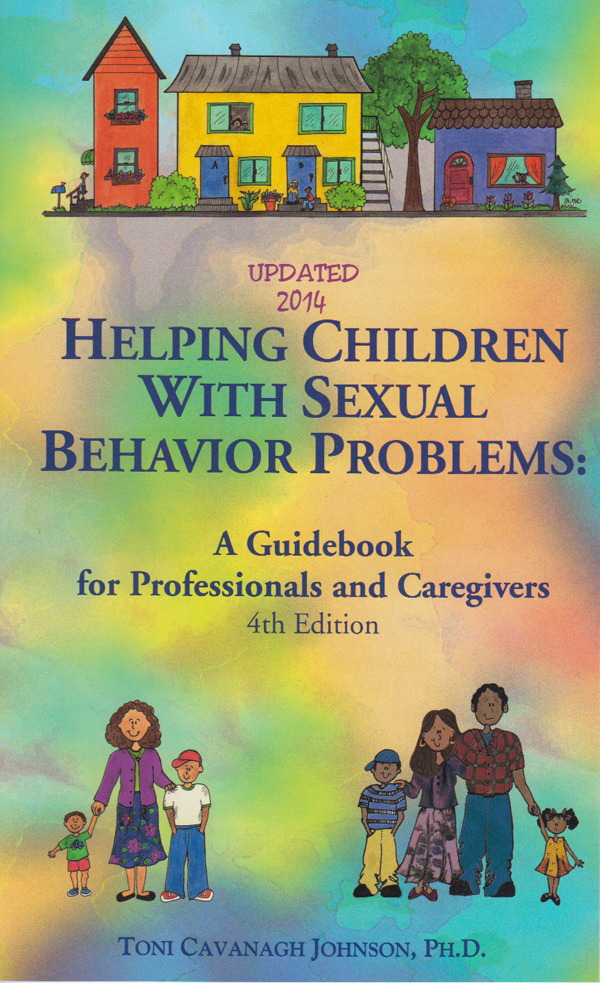 The book is suitable if the child really understands what they read.
The book is suitable if the child really understands what they read.
Attention Concentration
Difficulty concentrating is another reason your child may have reading comprehension problems. Reading comprehension also depends on the ability to ignore distractions.
If your child has difficulty concentrating, it may be due to an executive function disorder, an auditory processing disorder, or ADD/ADHD. These impairments can affect his ability to understand and retain information in working memory.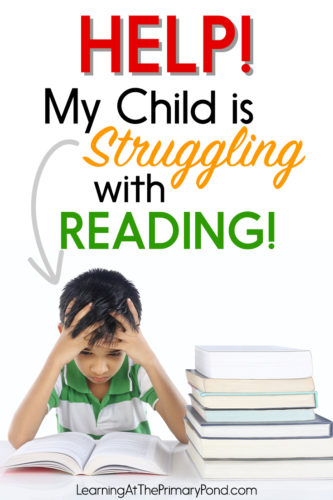
You can help your child to reduce the load, for example, teach him to break reading tasks into small parts, take notes, highlight important information.
Comprehension skills and strategies
Reading is thinking. And the way we think is the basis for improving comprehension while reading. To improve text comprehension, sometimes we need to consciously stop while reading and analyze our ideas and thoughts related to what we have read.
You can teach your child to be an active reader. Encourage him to voice all his thoughts and doubts, ask questions as he reads, read aloud one paragraph at a time and discuss what he read.
Point out to him that experienced readers also monitor how well they understand what they are reading and reread confusing parts of the text. Learn to look for contextual clues around a sentence or phrase, such as pictures or words in adjacent sentences, can help your child understand the meaning of words they don't understand.